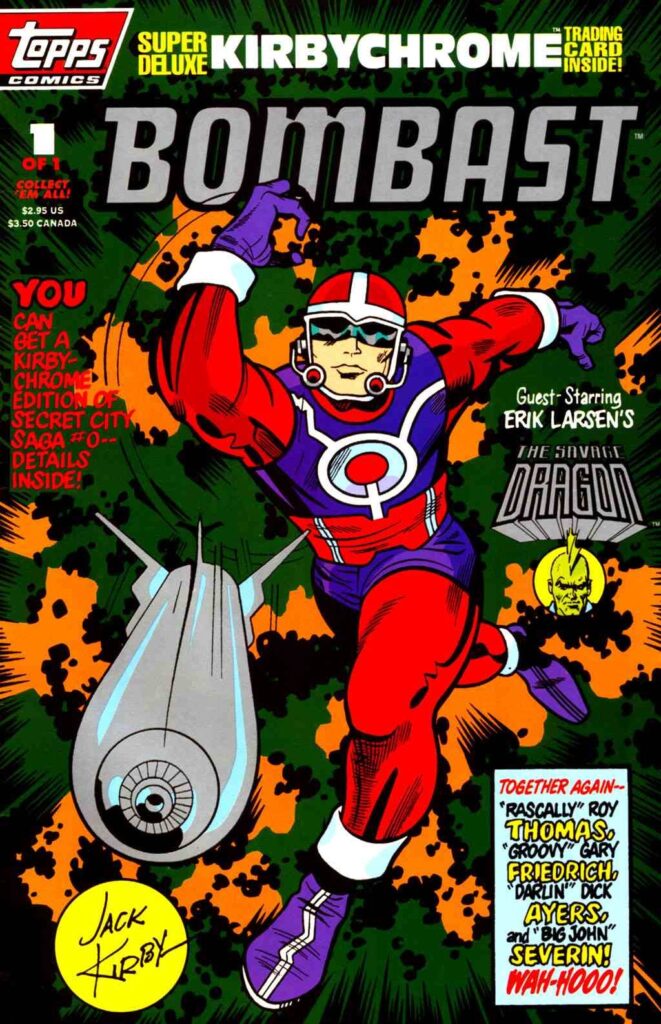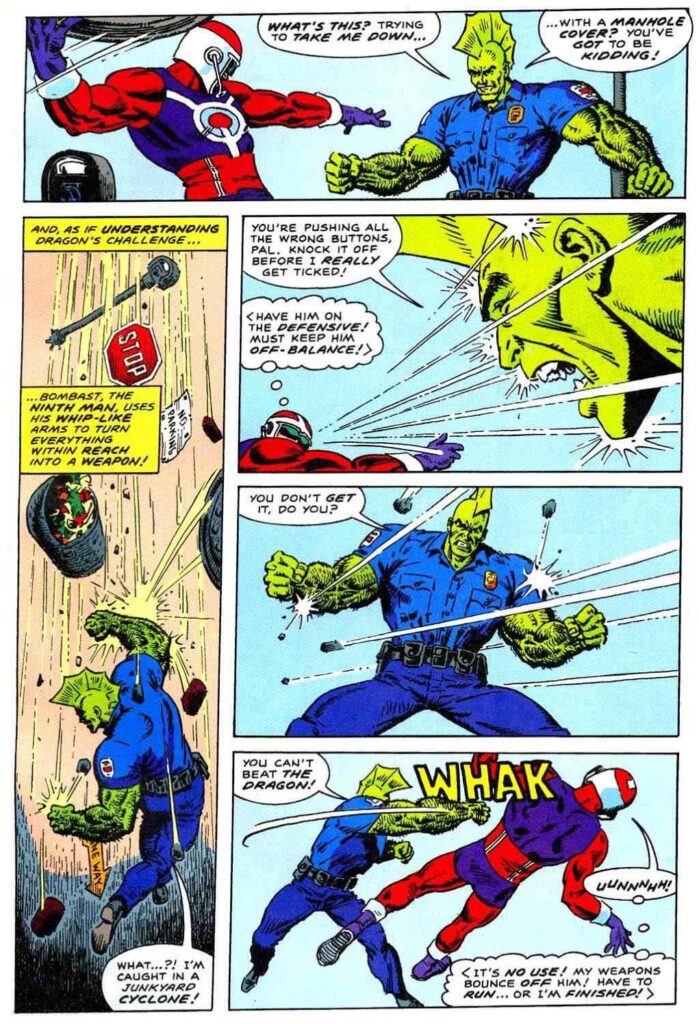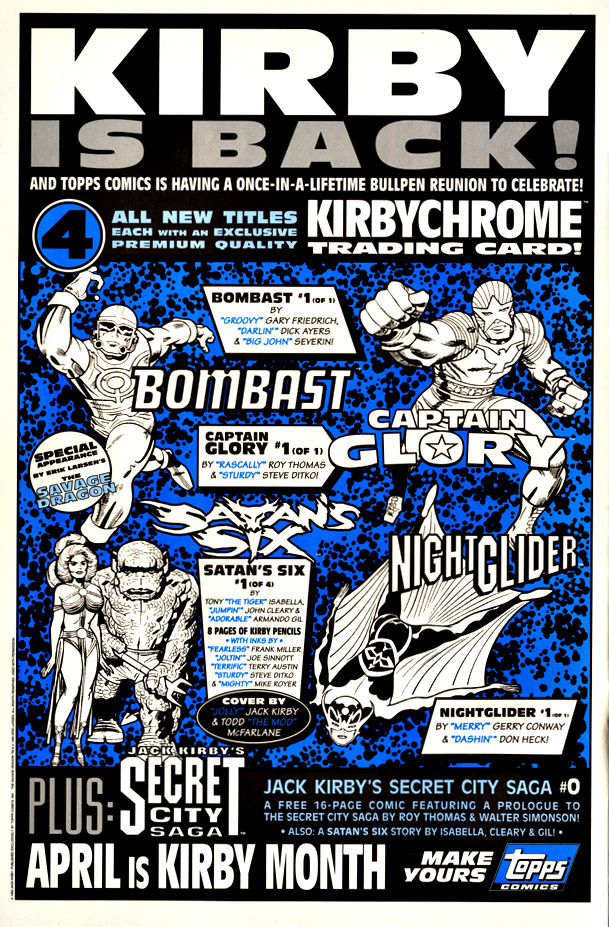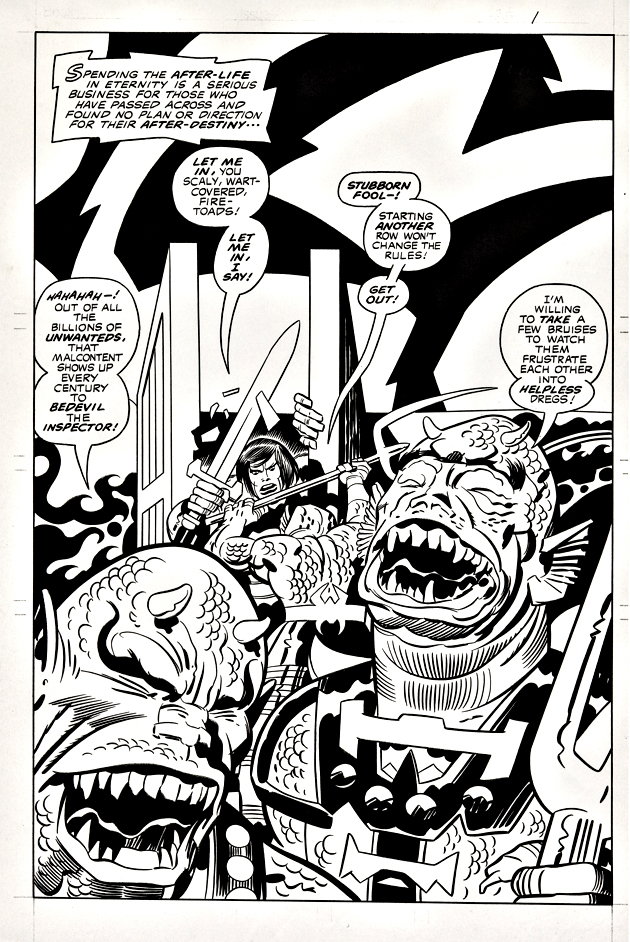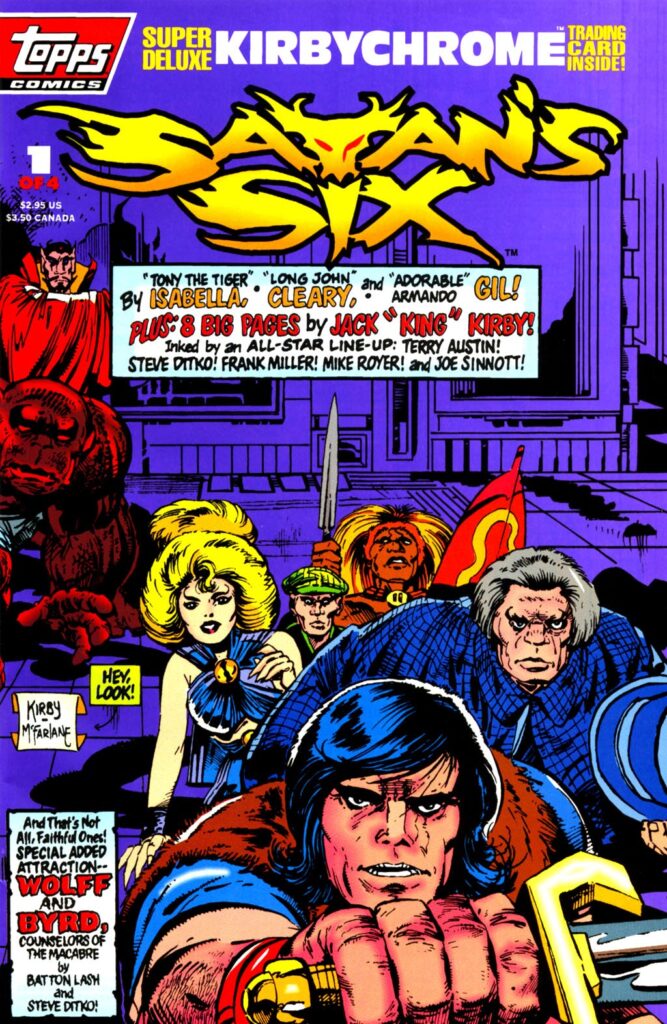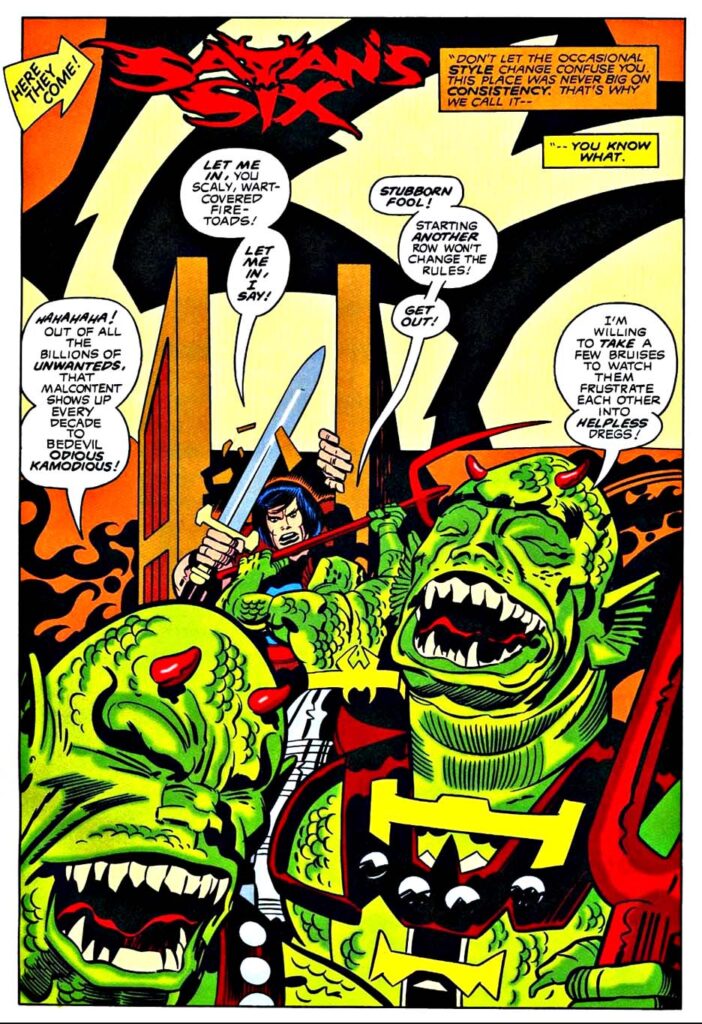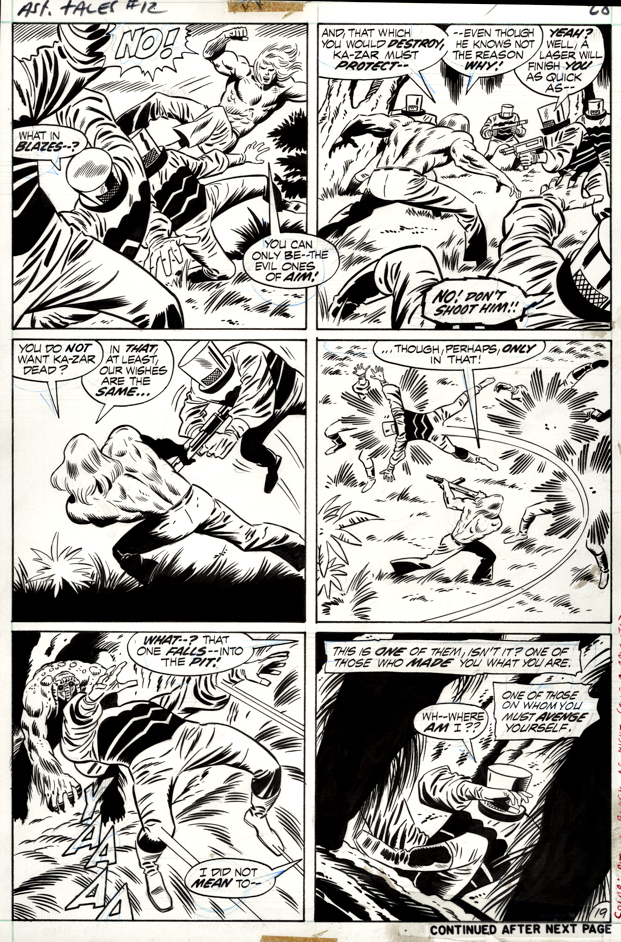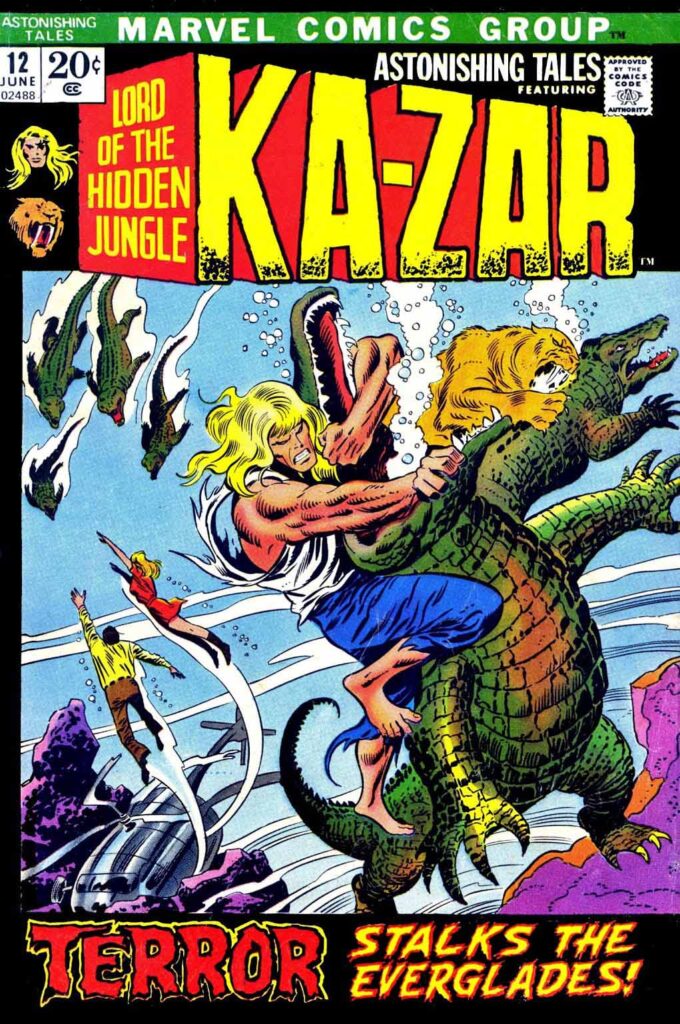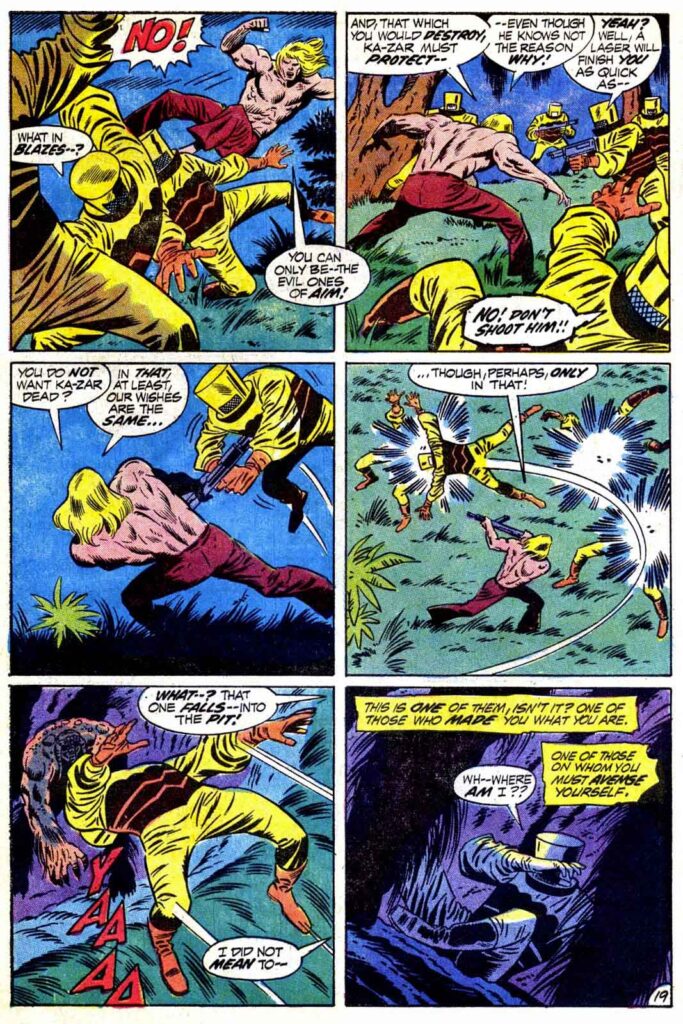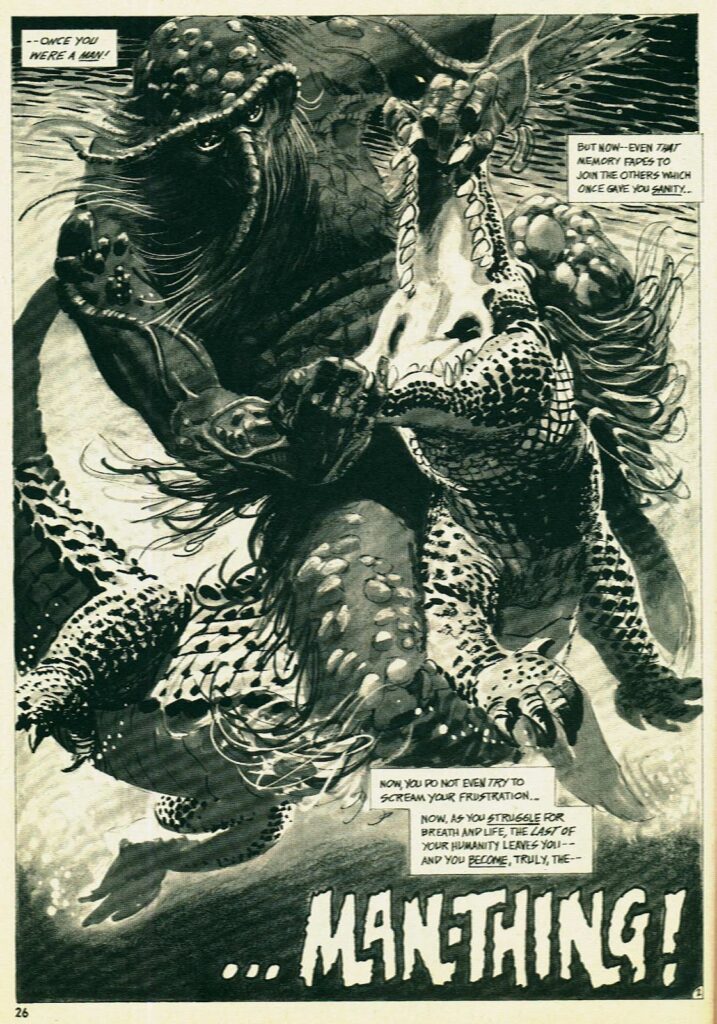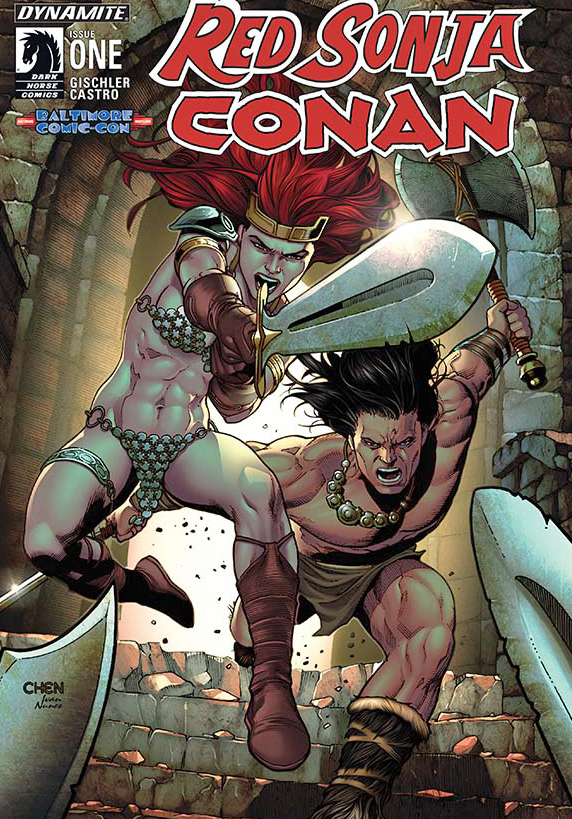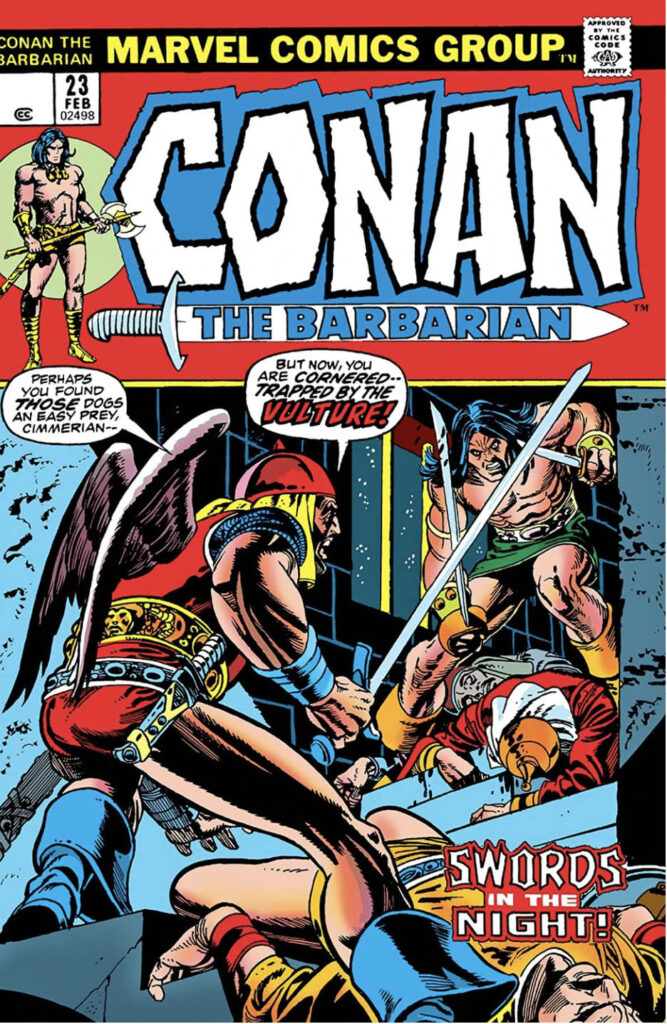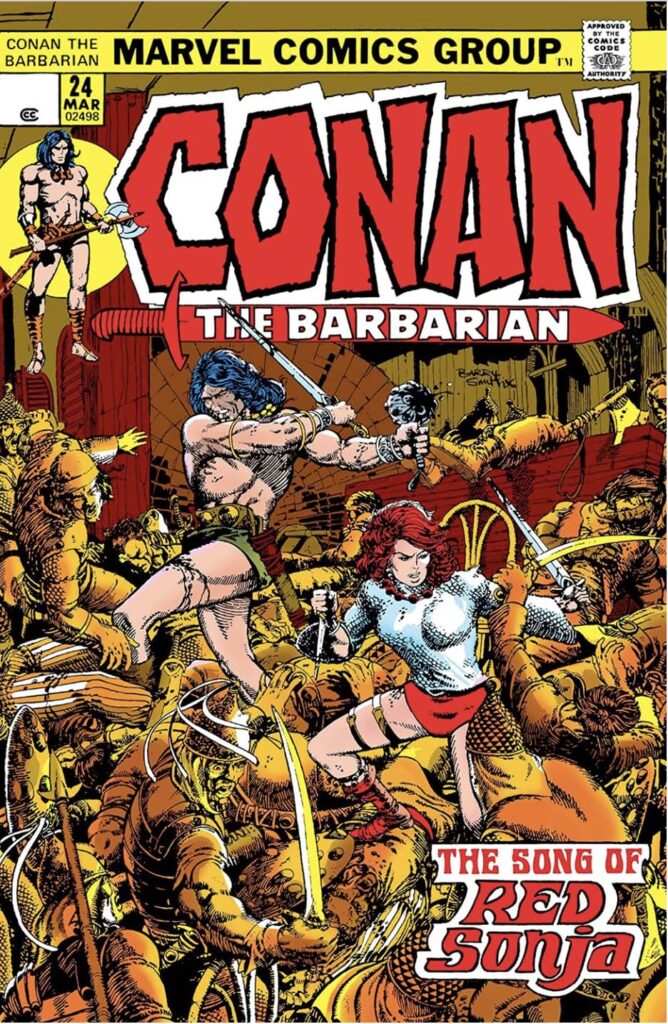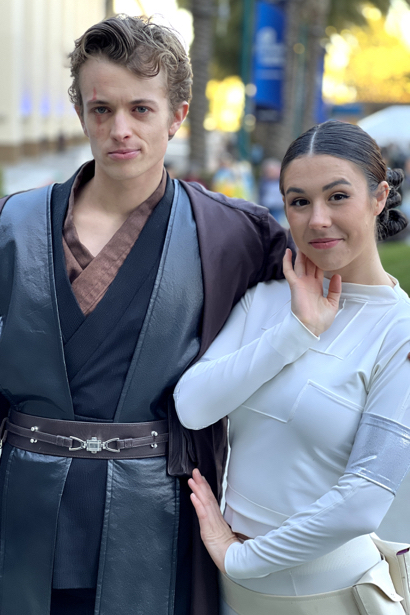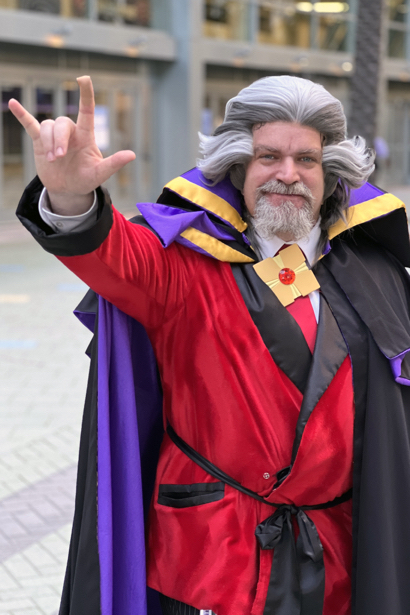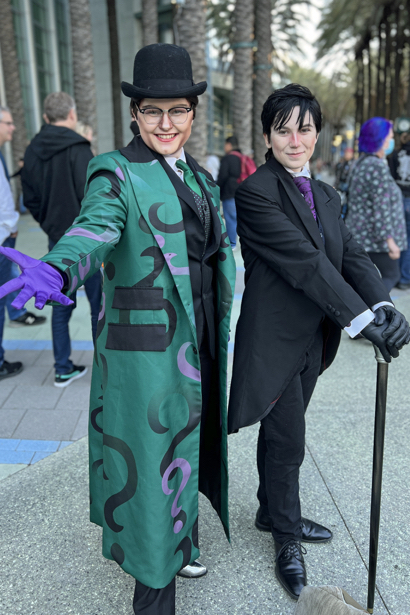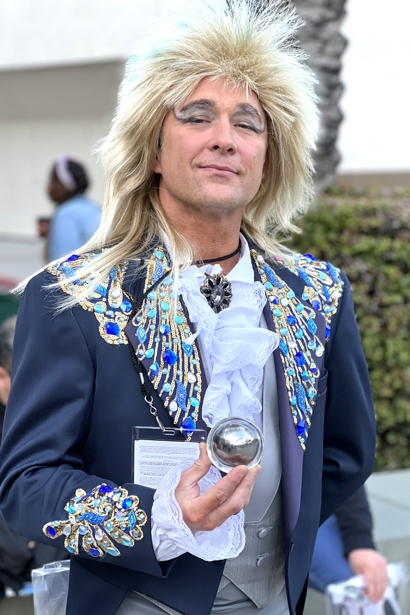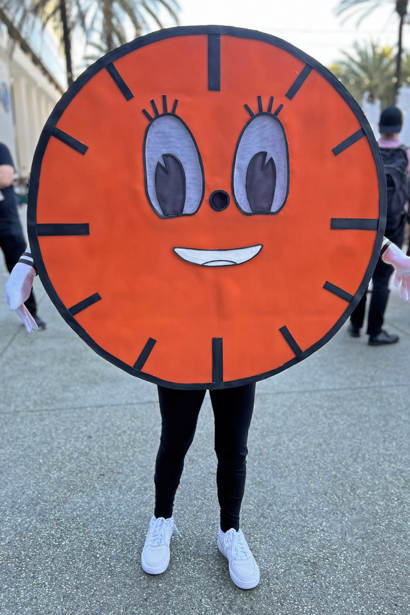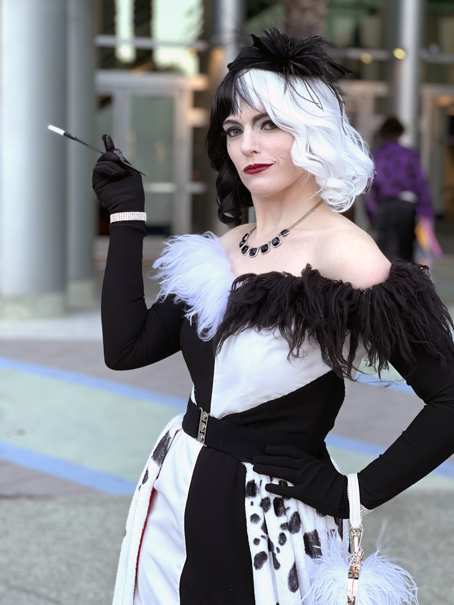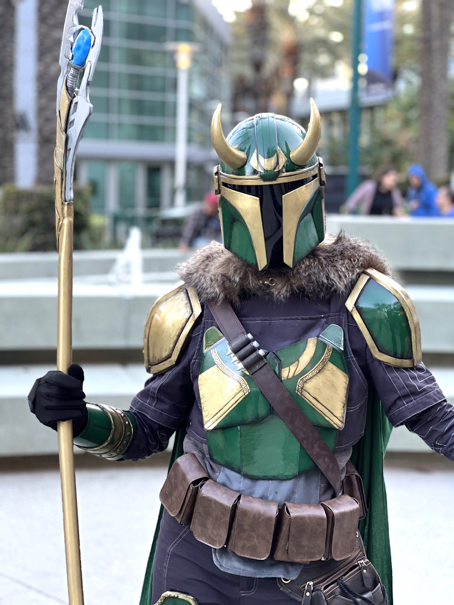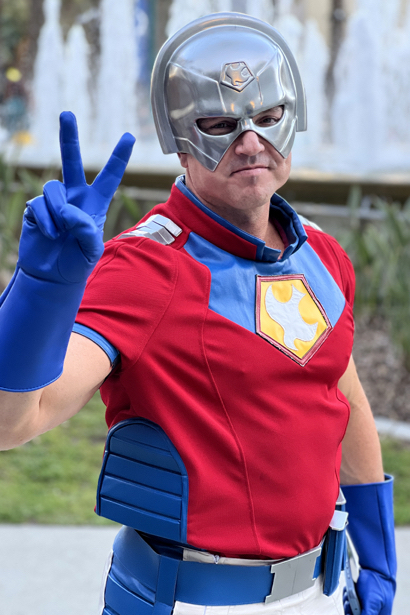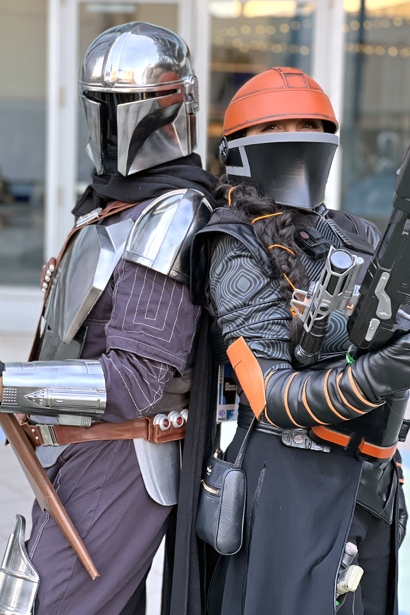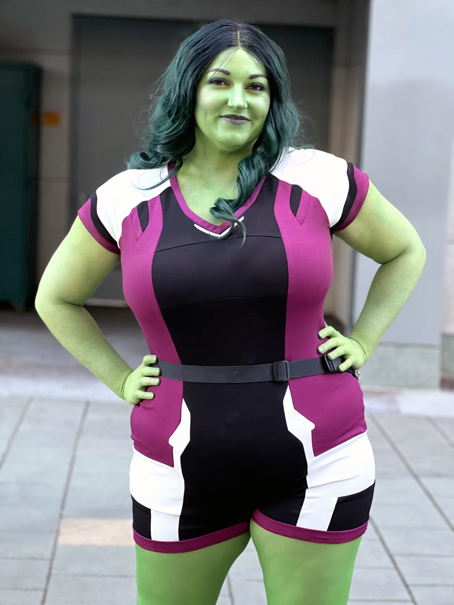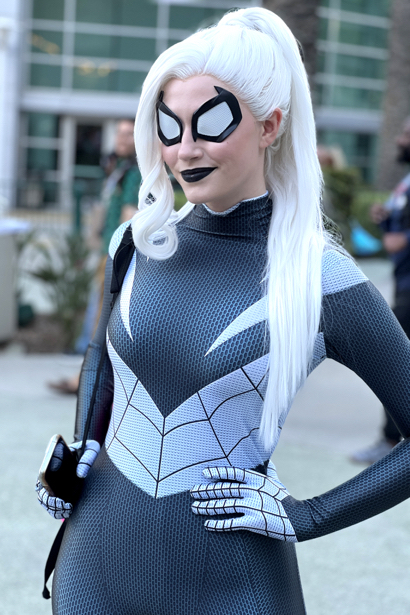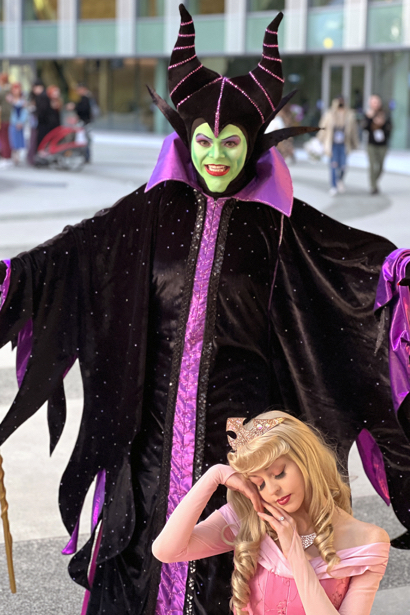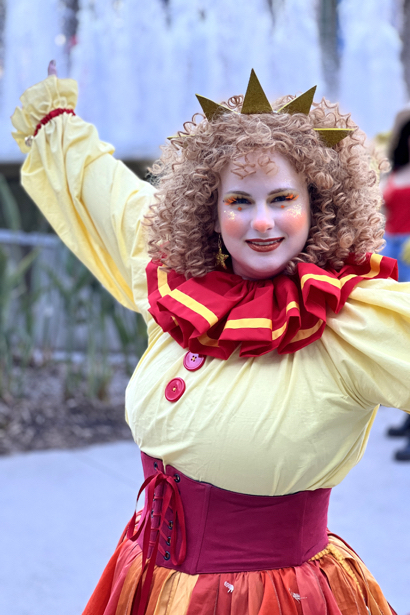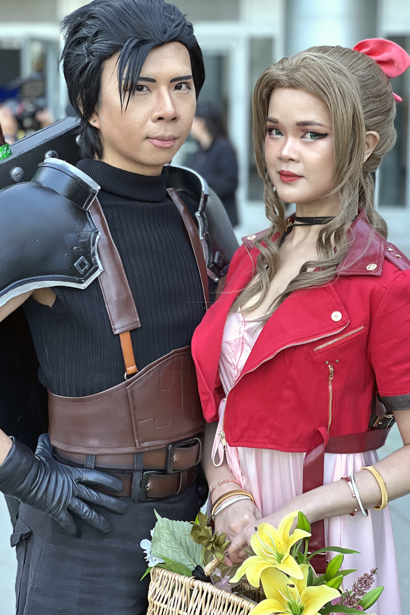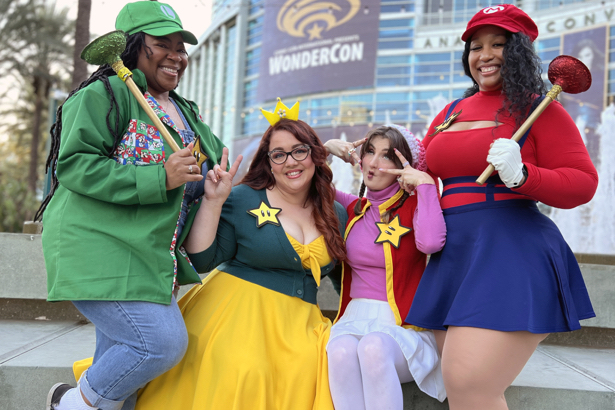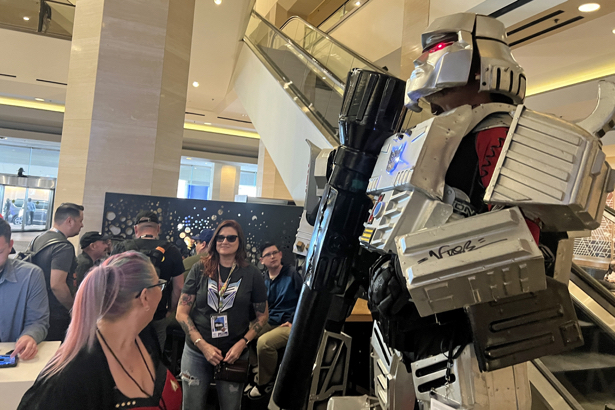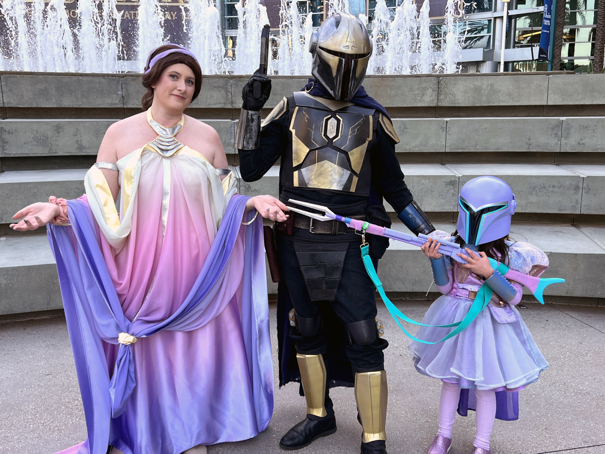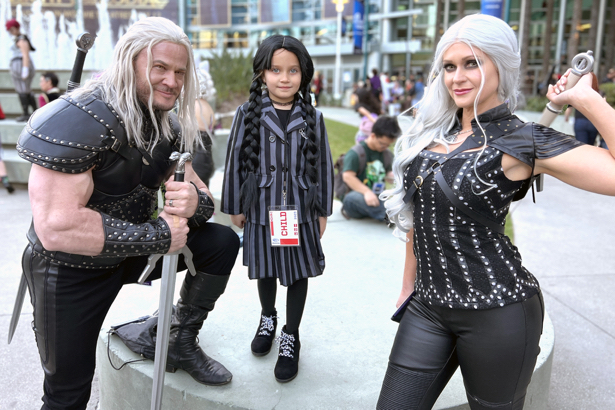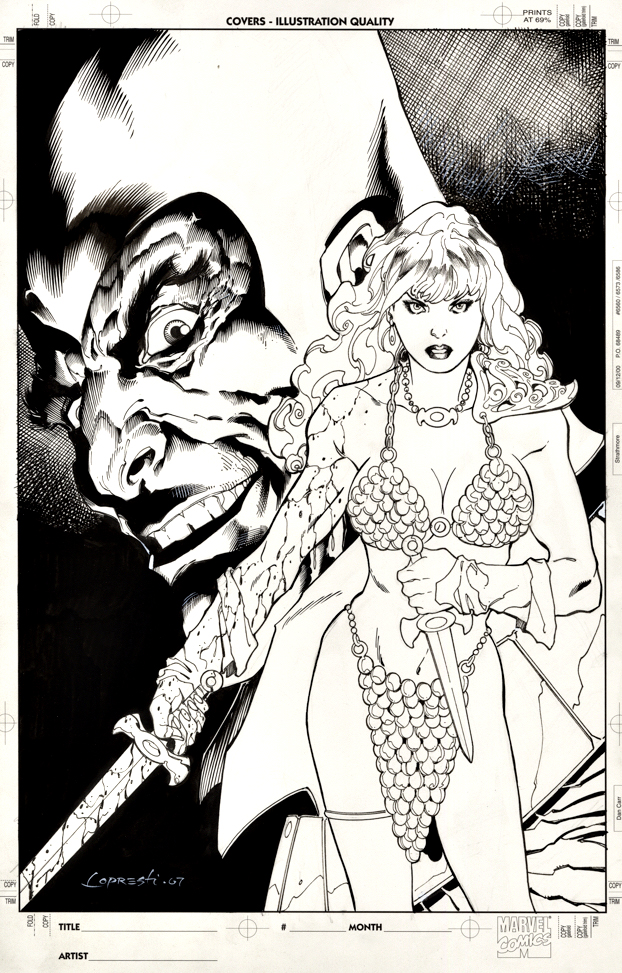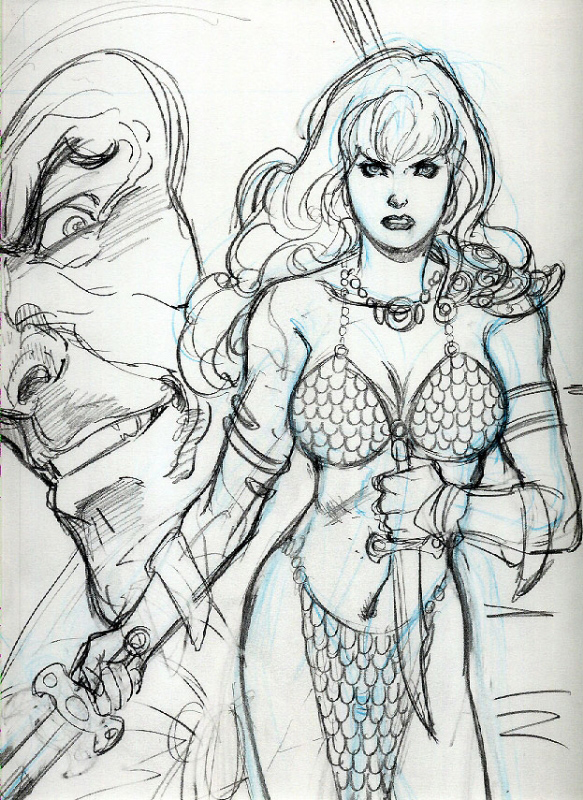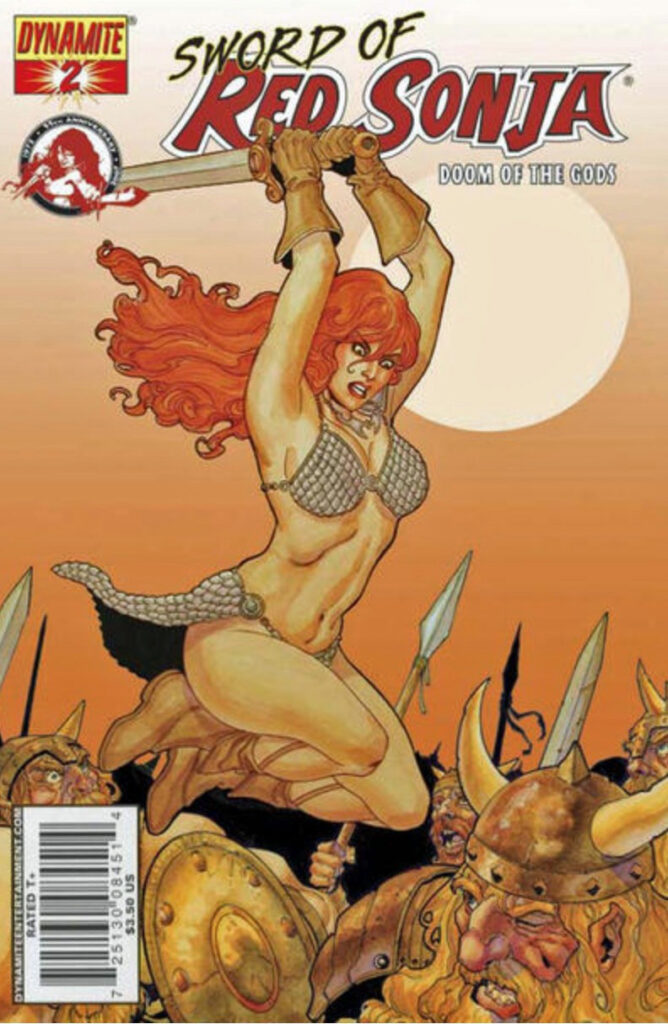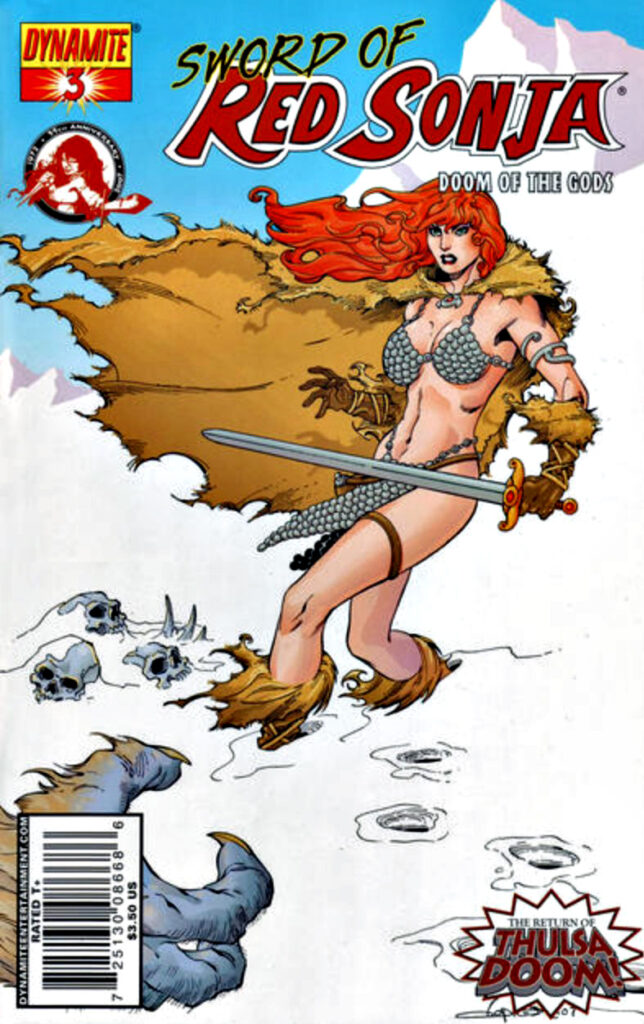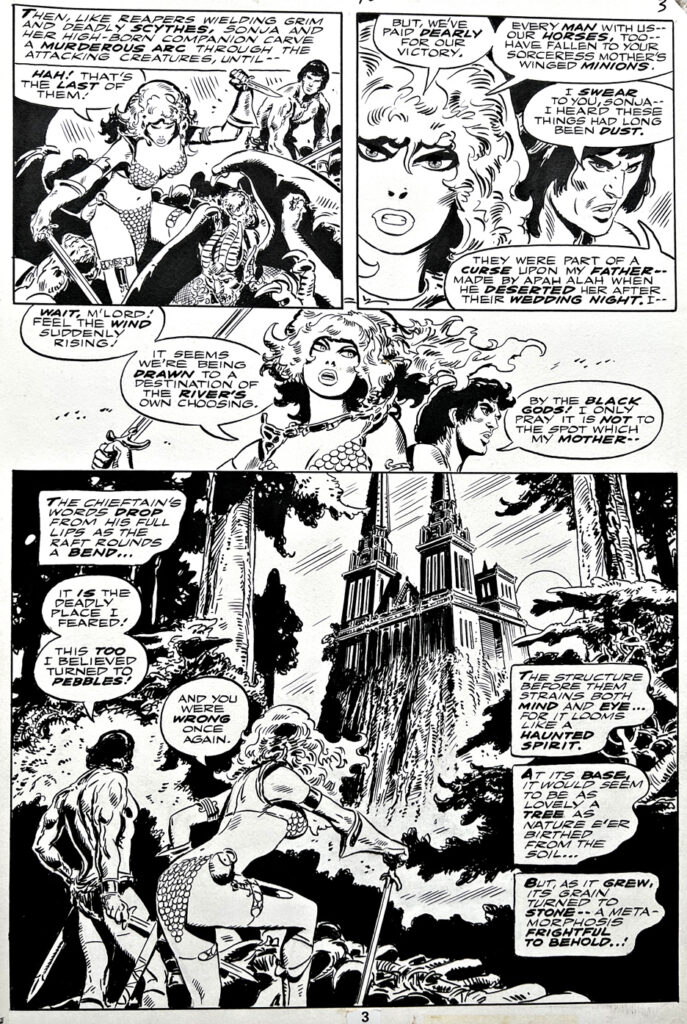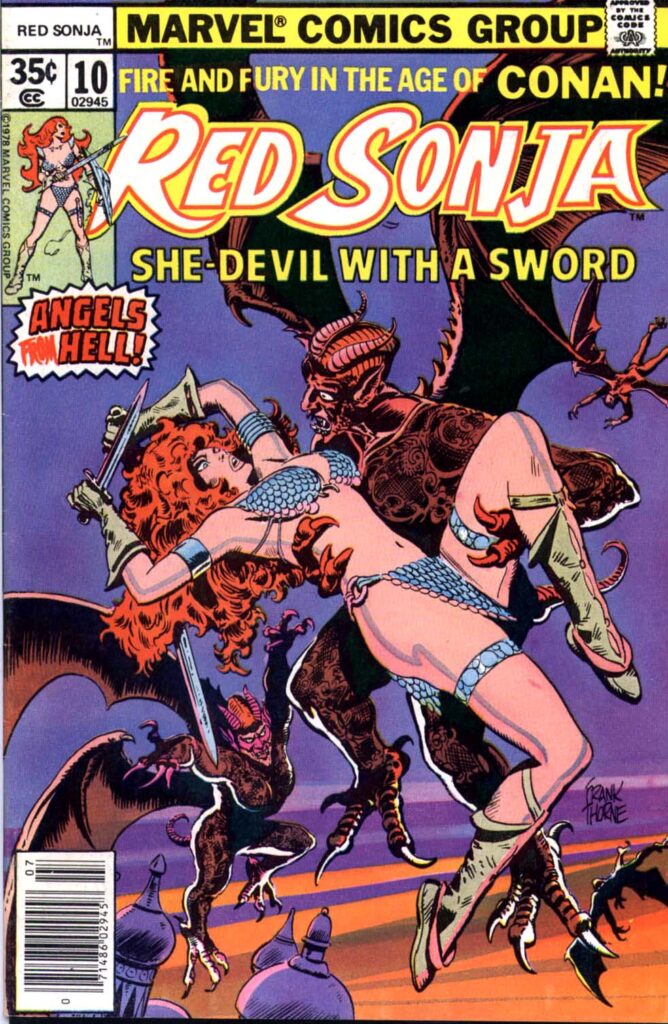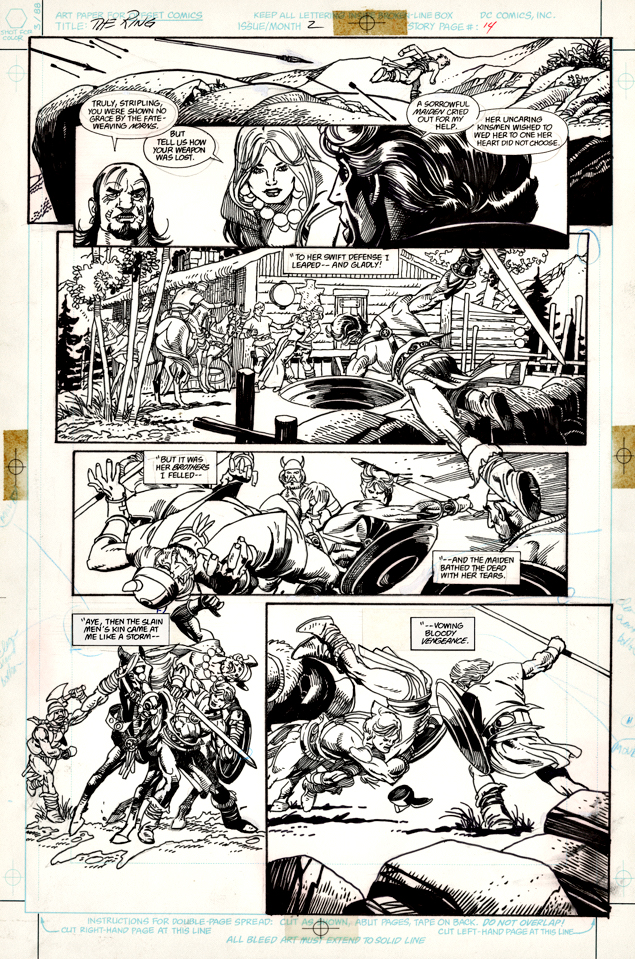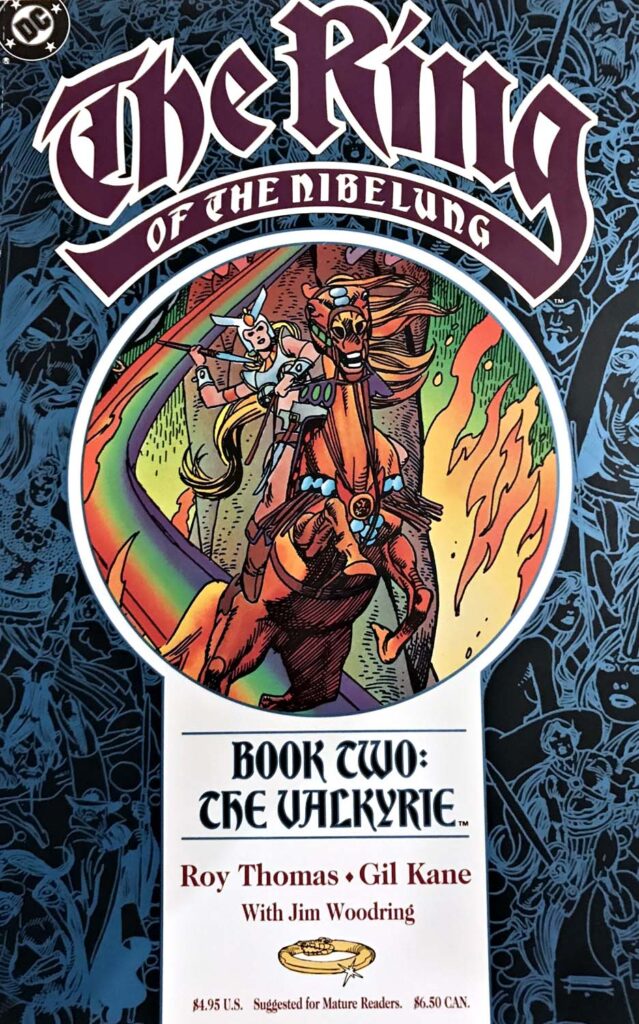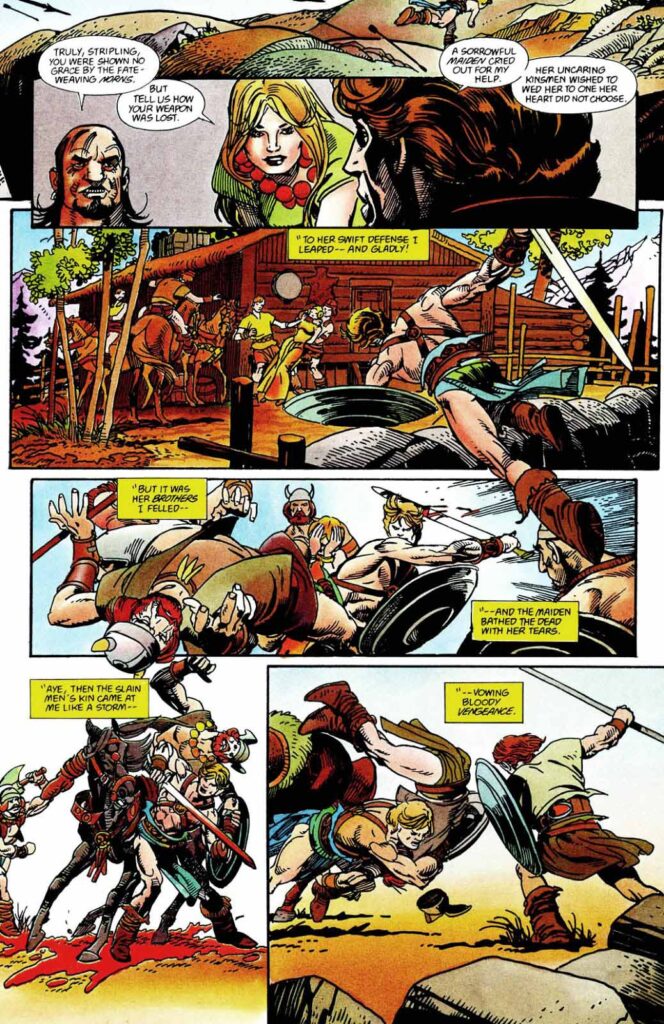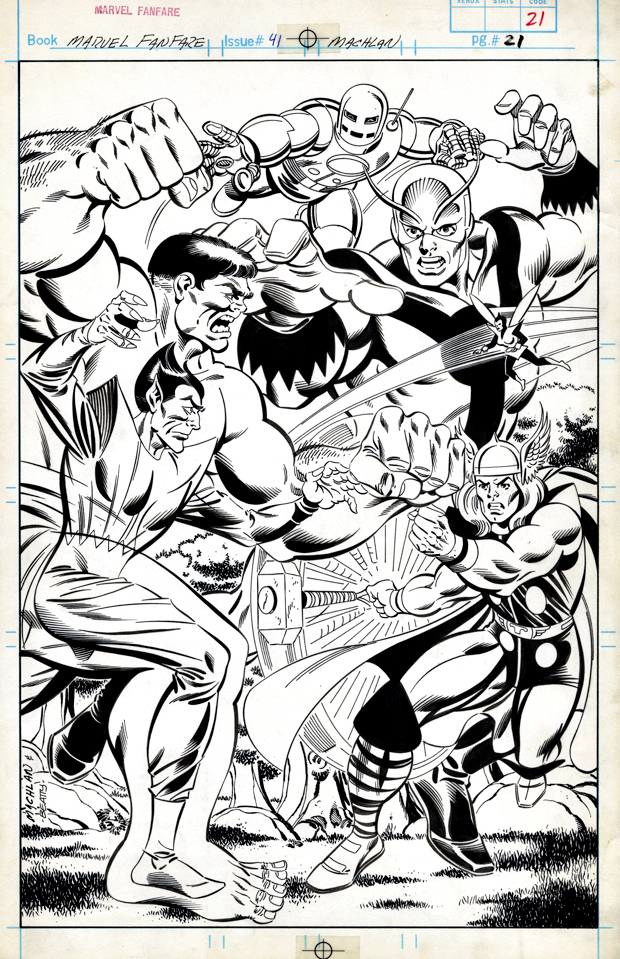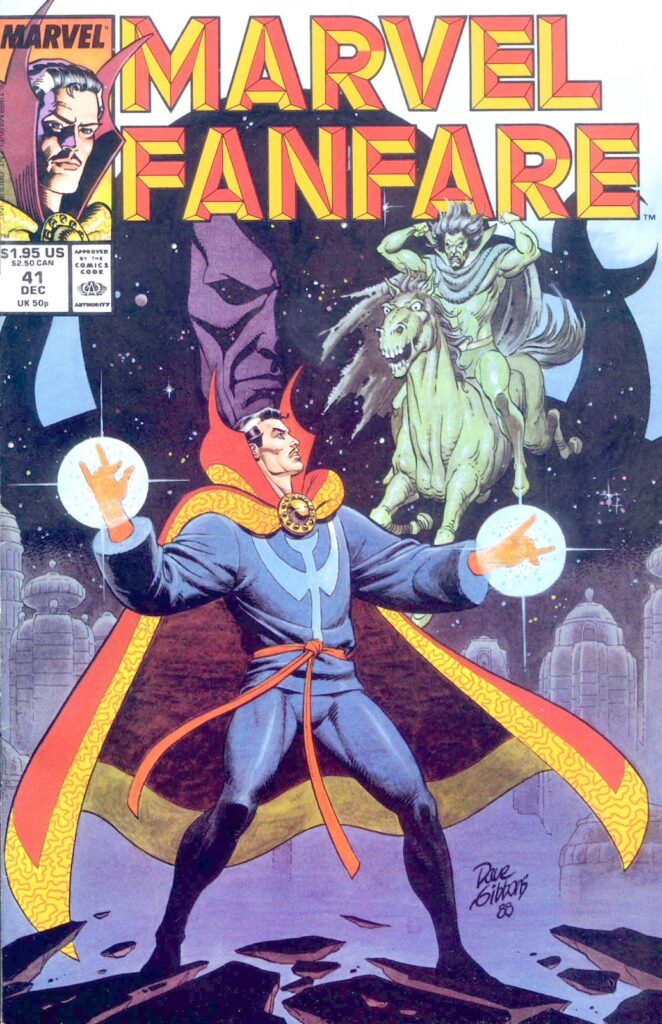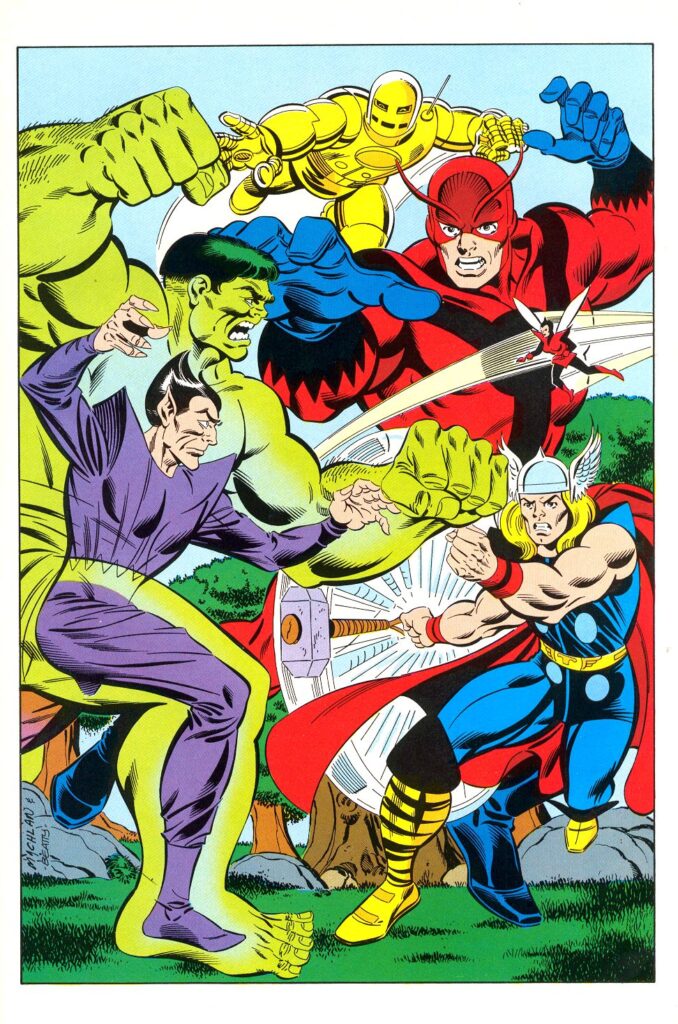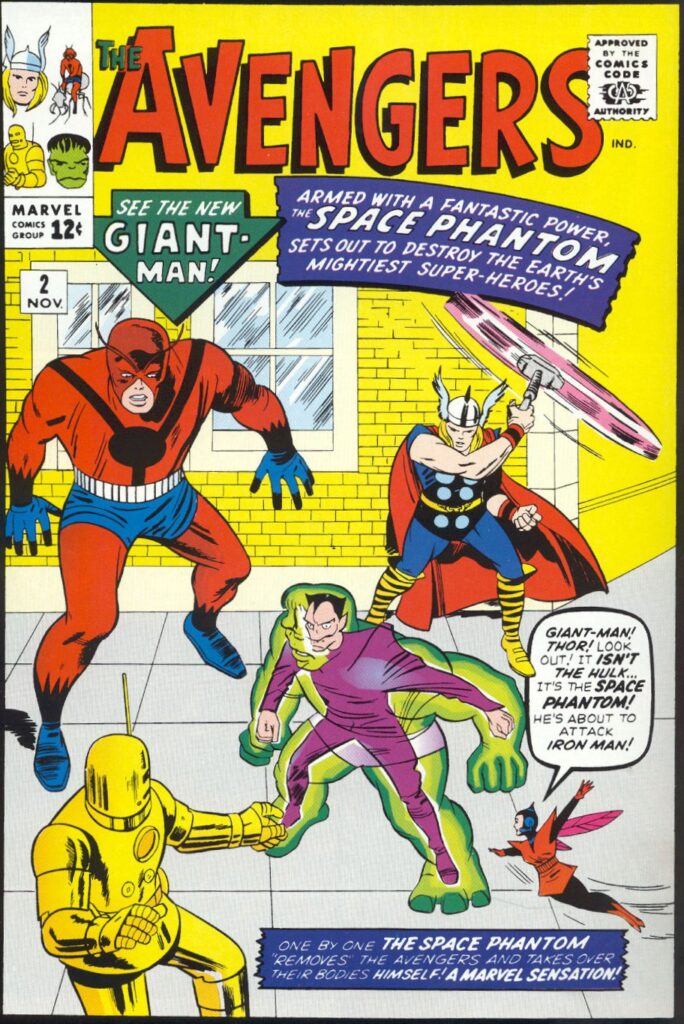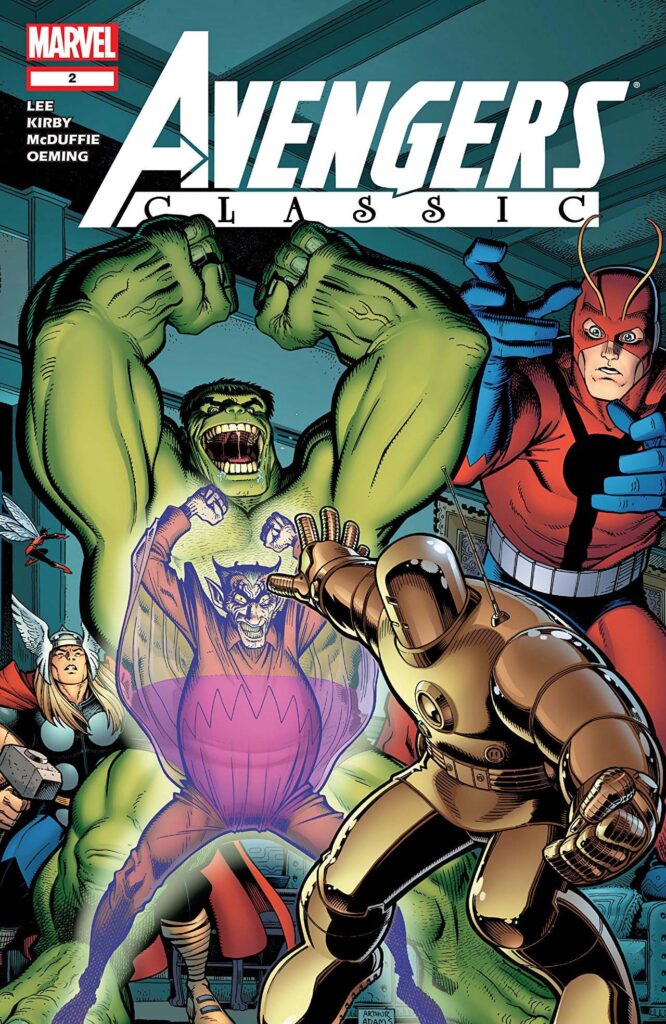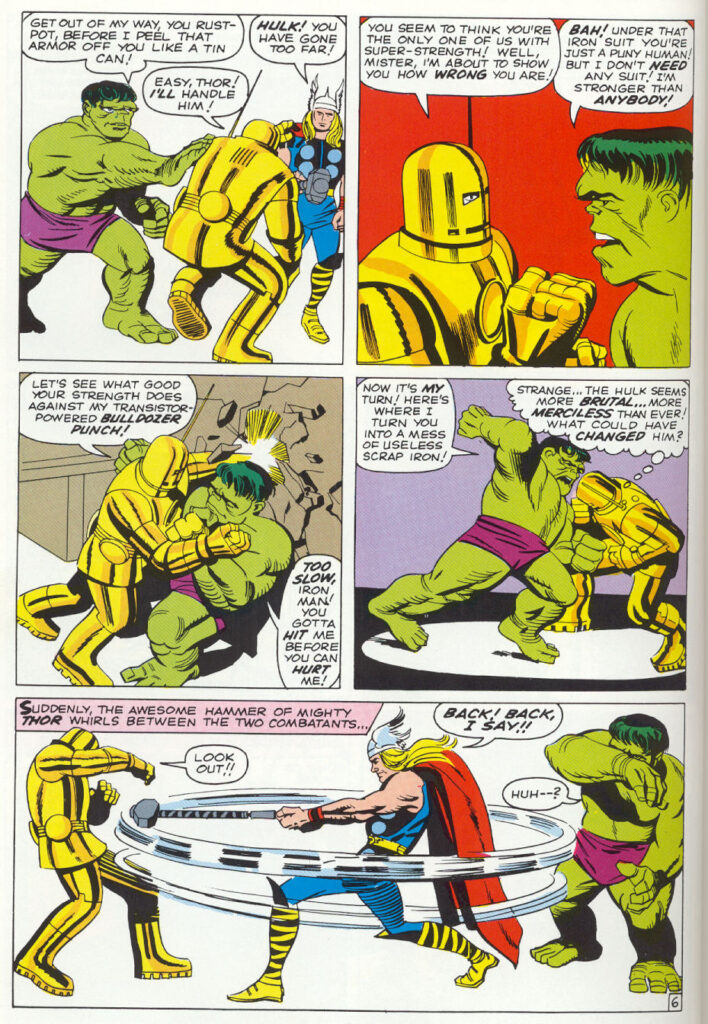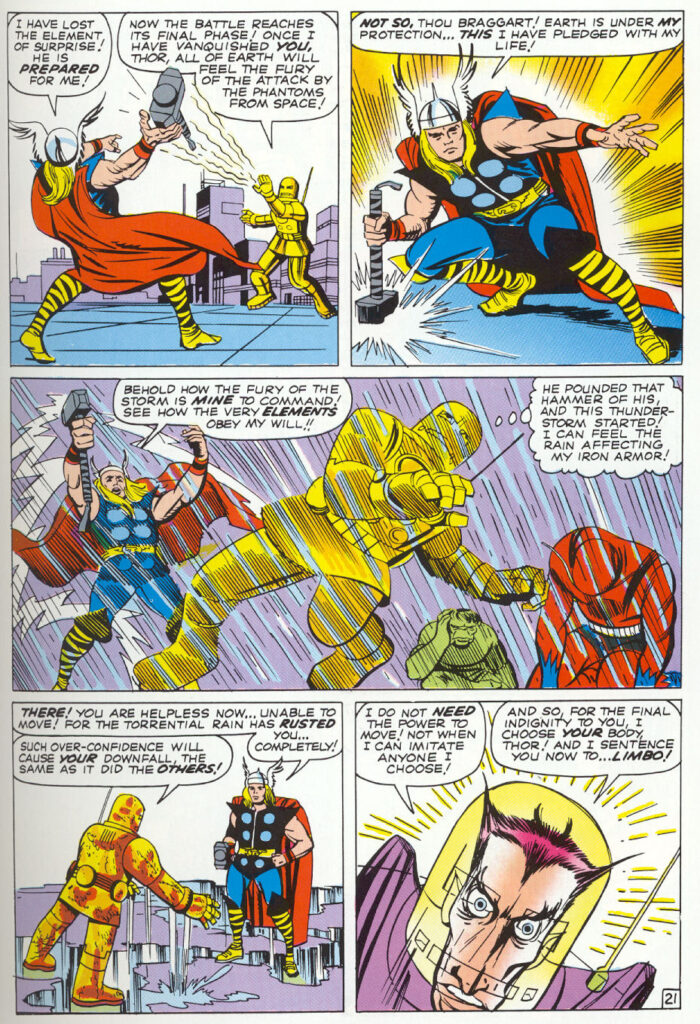Dick Ayers and John Severin — The “Kirbyverse” & Savage Dragon, Too
Bombast #1, April 1993
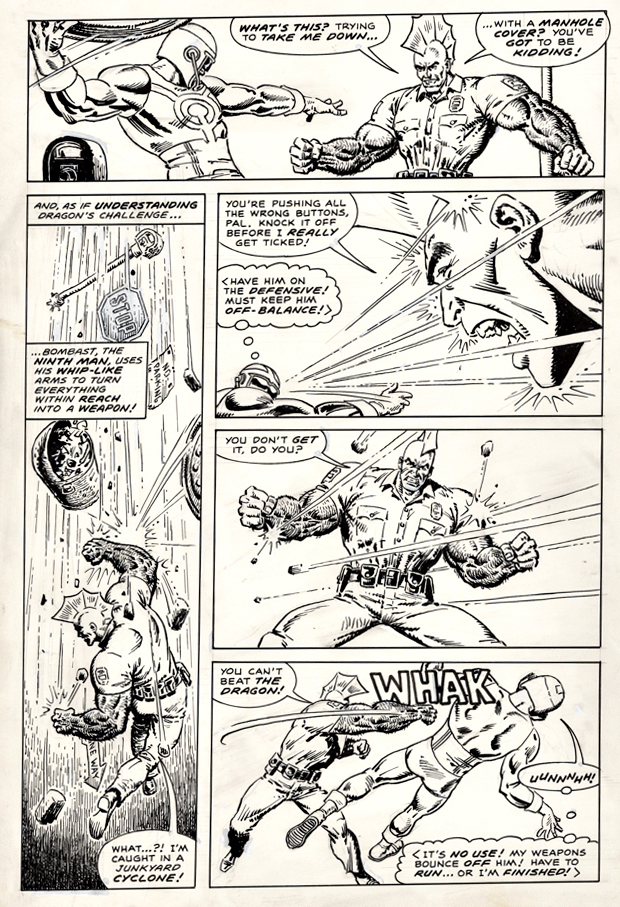
Thirty years ago this month — April 1993 — saw the launch of Topps’ “Kirbyverse.” (I genuinely can’t remember who thought of that phrase – EIC Jim Salicrup or myself, so we will each take have to take co-credit.)
Although Jack was not directly involved in character or story development, he did enjoy being kept in the loop and, from the feedback we received, he enjoyed our efforts.
The challenge at the time of course, is that the consumer marketplace didn’t enjoy our efforts quite as much as he OR we did. Four Kirbyverse titles launched in April 1993, plus a freebie. Total circulation of the group: About one million copies. (That is not a typo.)
But our titles launched purposely with retro styling, (see the ad below) and, at that moment, the market was mostly uninterested in classic styling. Younger readers gobbling up Image’s Youngblood and Spawn weren’t that versed or interested in Jack Kirby.
From the moment we launched, sales of the Kirby titles dropped each month. By the time we had reached 1994, we were sunk.
That said, it was a hell of a launch, and Jim managed to reunite the classic Marvel bullpen (or at least some of it) one last time.
And well-known Kirby superfan and Image co-founder Erik Larsen was kind enough to “lend” us Savage Dragon for the first issue of Jack’s Bombast one-shot.
So, there was that.
More on the Topps Comics “30th anniversary (albeit a few months late) in the next few weeks.
